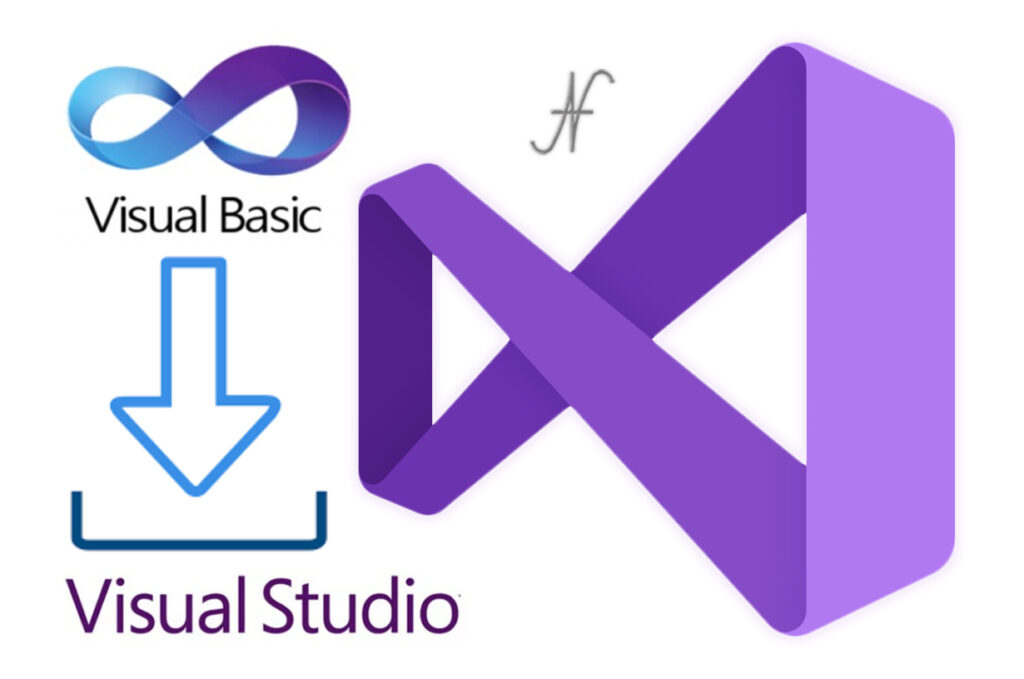
Free eBooks for Beginners
Recursion is a powerful concept in programming that allows you to write code that calls itself. It can be a bit tricky to understand at first, but once you get the hang of it, it can be a very useful tool in your programming toolbox.
In this article, we’re going to take a look at how recursion works in the programming language Visual Basic .NET (often shortened to just VB.NET). We’ll go over what recursion is, why you might want to use it, and how to write recursive functions in VB.NET.
First, let’s talk about what recursion is. Essentially, a recursive function is a function that calls itself. The function will keep calling itself over and over again until a certain condition is met, at which point it will stop and return a result.
One of the main reasons to use recursion is that it can make your code more efficient. By breaking a problem down into smaller parts and solving each part separately, you can avoid having to write complex, nested loops that can be difficult to read and understand.
Another reason to use recursion is that it can be used to solve problems that are difficult or impossible to solve with a traditional, iterative approach. For example, problems involving tree structures, such as searching through a directory structure on a computer, are often easier to solve with recursion.
So, how do you write a recursive function in VB.NET? The basic structure of a recursive function is very similar to any other function. You start by defining the function, including any parameters that it takes. Next, you write the code for the function.
The key difference between a recursive function and a non-recursive function is that, at some point in the function, you will call the function itself. This is what creates the “recursive” loop.
When you call the function, you will typically pass in a different set of parameters than you started with. This is what makes the function “progress” towards a solution. For example, if you are writing a function to calculate the factorial of a number, you would start by passing in the number you want to calculate the factorial of.
In each recursive call, the number passed in will be decremented by 1. When the number reaches 0, the function will stop calling itself and return the result.
It’s important to note that every recursive function must have a base case. This is the point at which the function stops calling itself and returns a result. If the function doesn’t have a base case, it will continue to call itself indefinitely and will cause the program to crash.
In conclusion, recursion is a powerful concept in programming that allows you to write code that calls itself. It can be used to make your code more efficient and to solve problems that are difficult or impossible to solve with a traditional, iterative approach. Writing recursive functions in VB.NET is similar to writing any other function, with the key difference being that the function calls itself at some point in the code. It’s important to include a base case to stop the function from calling itself indefinitely.
Cookbook – VisualBasic.NET for Beginners – Chapter 21 : Recursion
 Loading...
Loading...
Disclaimer: The information and code presented within this recipe/tutorial is only for educational and coaching purposes for beginners and developers. Anyone can practice and apply the recipe/tutorial presented here, but the reader is taking full responsibility for his/her actions. The author (content curator) of this recipe (code / program) has made every effort to ensure the accuracy of the information was correct at time of publication. The author (content curator) does not assume and hereby disclaims any liability to any party for any loss, damage, or disruption caused by errors or omissions, whether such errors or omissions result from accident, negligence, or any other cause. The information presented here could also be found in public knowledge domains.
Learn by Coding: v-Tutorials on Applied Machine Learning and Data Science for Beginners